Fight Club is an extremely iconic movie. Although released almost 24 years ago, the movie is still a topic of discussion among movie snobs like you and me. You might have been extremely surprised due to the film’s twist ending. However, once you get Fight Club explained, you will be left shocked.
Fight Club is a thriller drama movie directed by David Fincher. It was released in 1999 and stars Brad Pitt, Edward Norton, and Helena Bonham Carter in lead roles. This film was actually based on a book written by Chuck Palahniuk.
Even though the film barely made any profit at the box office, it was a huge success after its release on home media. Since then, critics and audiences have cherished the film as a classic.
Despite its popularity, many people need to pay more attention to the film’s multi-layered narrative. People have a lot of questions about the film and want Fight Club explained.
So we will break the first rule of Fight Club and discuss it in detail. We will cover the various questions associated with the film. Make sure to read this till the end if you want the ending of Fight Club explained.
Table of Contents
Fight Club Story
Before we jump into the details, let’s recap the story of Fight Club, in case you last watched the movie a while ago. However, if you have never watched the movie at all, then be warned because there will be spoilers ahead.
The story of Fight Club revolves around an unnamed Narrator (played by Edward Norton) who is dissatisfied with his stressful profession and has severe insomnia. He decides to attend support groups for alcoholism and cancer as a replacement for therapy. He suffers from none of these issues in reality.
Marla Singer (played by Helena Bonham Carter), another phony, starts attending the same organizations for the same reason. When they run into each other, it reminds them that they’re lying, so they agree to divide their time between groups.
The Narrator encounters Tyler Durden (played by Brad Pitt) on a flight returning from a business trip. Durden is a soap seller who tells him he is enslaved by communism. Soon, an explosion destroys the Narrator’s flat, forcing him to relocate to Tyler’s residence in an industrial neighborhood.
The two begin having fistfights in a bar’s parking lot, which draws more guys and eventually leads to the founding of Fight Club, which meets in the basement of the same bar. Many support group members also join this Fight Club, including Robert Paulson (played by Meat Loaf).
The Beginning
As the Fight Club gains more and more members, the Narrator’s mental health improves. Soon, the Narrator quits his job and blackmails his employer for a salary without him even working at the office anymore.
Meanwhile, Tyler establishes Project Mayhem, a vandalism-focused group with the members of Fight Club. Upon hearing this, the Narrator complains about being left out of these decisions. Tyler discloses that he was the one who triggered the explosion at the Narrator’s apartment.
Soon, Tyler vanishes, and after police kill Paulson during a sabotage operation, the Narrator attempts to end Project Mayhem. Following a paper trail, Tyler discovers that Project Mayhem has expanded throughout the country.
The Narrator is addressed as “Mr. Durden” by Marla and the Project participants, and he realizes that he and Tyler are the same person. According to his master plan, Tyler intends to eliminate debt by demolishing buildings containing credit card information.
He attempts to alert Marla and the police, but instead, the police officers who happen to be a part of Project Mayhem threaten him.
So the Narrator flees to deactivate the bombs in one building. On the other hand, Tyler subdues him and holds him at gunpoint on the top level.
When the Narrator discovers he is holding the pistol, he shoots himself in the mouth, passing through his cheek. Tyler finally disappears. Marla soon finds him critically injured, and they hold hands as the buildings around them explode.
Fight Club Explained
Many people need help understanding the purpose behind Fight Club. Our attempt to explain Fight Club will ease many problems for new cinephiles. There were a lot of questions when one talks about Fight Club explained because the film has a vague ending.
Let’s take a look at some of the interpretations movie experts have made regarding Fight Club. These interpretations make more than enough sense and are perfect for Fight Club explained.
What Was The Real Meaning Of Fight Club’s Ending?
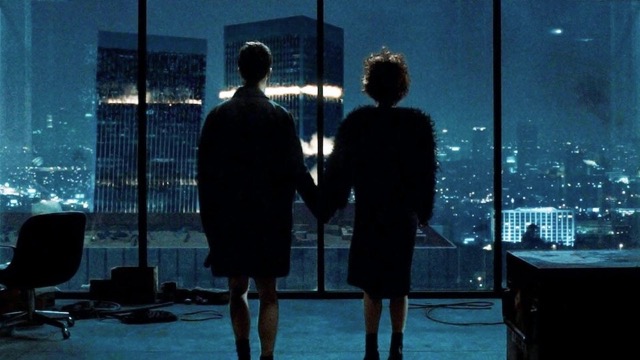
If you want the story of Fight Club explained, then you need to watch the movie at least twice. The biggest source of confusion is the movie’s ending. Many people were left shocked after witnessing the truth that unfolds during the film’s climax.
So what was the meaning behind Fight Club’s ending? The film ends with an eerie image of The Narrator holding hands with Marla as the buildings collapse in front of him. These buildings are actually credit card companies.
Anti-Consumerism and Anti-Capitalism have been the major underlying subject of Fight Club.
Tyler wanted to give freedom to people who were stuck inside this convoluted matrix. This is why destroying credit card buildings was the perfect solution because these buildings contain financial records.
When debt records are destroyed, people are relieved of their financial burden. People feel less strain when they are relieved of their financial load. They may actively pursue their aspirations and dreams if they are not under pressure.
After all, Tyler emerges as a result of the Narrator’s own monotonous routine due to a job he clearly doesn’t enjoy doing. Moreover, this is also signified by Tyler’s interaction with a cashier named Raymond. Raymond wanted to be a vet, but he could not pursue his dream due to how much it costs for medical school. So in a way, Tyler favored Raymond by destroying the deb records.
However, Tyler’s outlook and philosophy were actually flawed, and that is what many people need to see even after seeing the story of Fight Club explained.
Fight Club: A Critique, Not A Solution
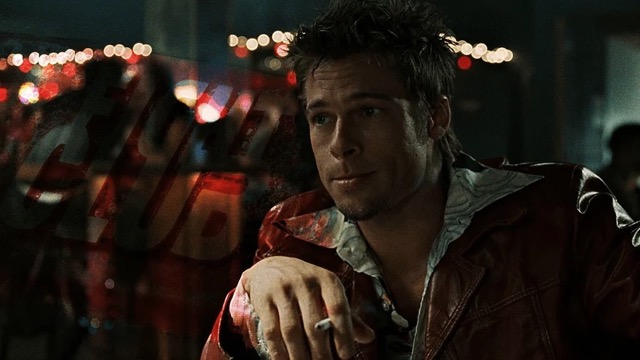
The anti-capitalist messaging throughout Fight Club has led people to misinterpret the movie. Fight Club is a critique rather than a remedy to the world’s problems. It shows how destroying a world and rising from the ashes as a savior isn’t the solution.
If it weren’t clear from the ending, Fight Club isn’t a celebration of aimless guys but of how the contemporary world has commodified everything to the point that toxic masculinity has become its own brand.
Tyler’s motto, “We’re only free to do anything after we’ve lost everything,” sounds appealing, but it’s a phrase about freedom for selfish purposes rather than a duty for others.
Tyler’s motto, “We’re only free to do anything after we’ve lost everything,” sounds appealing, but it’s a phrase about freedom for the purposes of self-indulgence rather than a duty for others. Violence is an easy way out of these circumstances.
If you dissect and explain Fight Club, you will realize it is about escape from capitalism’s control, but it’s also about our own insecurities, limits, and traumas, as well as our ability to act, connect, and interact.
This is why the Narrator frees himself from Tyler at the climax. Tyler was the manifestation of all the bottled-up toxicity inside him. Once he let him go, he was able to connect with someone else (Marla, in this case). So Fight Club is more about letting your inner demons go instead of blowing up credit card companies.
Unanswered Questions
Now that you have Fight Club explained, some questions were left unanswered by the movie’s director. We will go through these questions and answer them in detail.
What Was The Narrator’s Name?
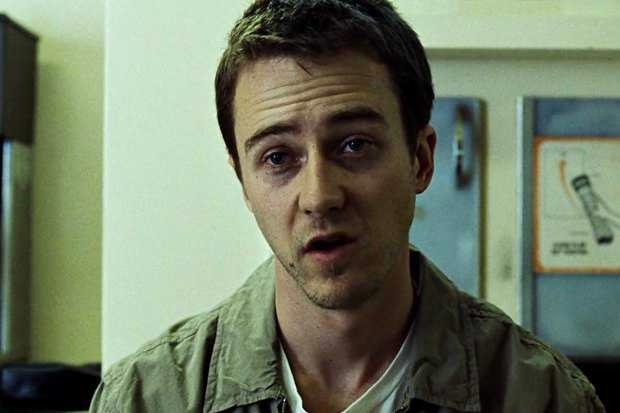
The Narrator’s name is a mystery for many people, even after so many years. The Narrator needs to be clearly identified in the film to stress the fact that he’s a literal nobody. He’s your average Joe, or should I say, your average Jack.
Jack is a placeholder name that he uses to describe his emotions and actions. He expresses himself through Reader’s Digest magazine. For instance, “I’m Jack’s smirking revenge,” but is his name actually Jack?
There are a lot of theories regarding the Narrator’s name. One of these theories suggests that his name was Jack, but that theory has been debunked countless times. However, the other theory holds some ground.
The second theory suggests that the Narrator’s actual name is Tyler Durden. When we first encounter the Narrator, he will be supporting several organizations while wearing different name tags.
However, each of these names is merely the first name. No last names are supplied. We are supposed to believe that his identity is never disclosed, yet Tyler is the only one with a last name in the film.
When the Narrator examines the aircraft tickets, they all say Tyler Durden. Even in 1999, boarding a plane required a picture ID and a ticket. This implies that the Narrator had to make a bogus ID with a different face unless his name was actually Tyler Durden.
Theories Interpretation
But if you watch the movie multiple times or read the book, even this theory begins to fade away. There are a lot of holes in this theory. In the book, when he asks Marla his name, she confirms it is Tyler Durden. But he responds that’s not his name. He also implies that his boss and parents call him by a different name.
This question has been answered by the author of the book, Chuck Palahniuk. In an interview, he says, “His name was never given in the book. They needed a name for the screenplay to put next to the character’s lines, so they just put Jack in there for the hell of it. In the book, at one point, he even takes out his driver’s license and shows it to Marla to prove that he’s not Tyler Durden.”
He added, “All the people who have met him have met him as Tyler, so that’s who they know him as. But his name is really? I have no idea.”
The Narrator in Fight Club can’t be considered trustworthy due to his mental state. He falls under the category of an unreliable narrator. So we can’t determine his name, whether it is Tyler, Jack, or something entirely different.
Why Are There So Many Starbucks Cups?
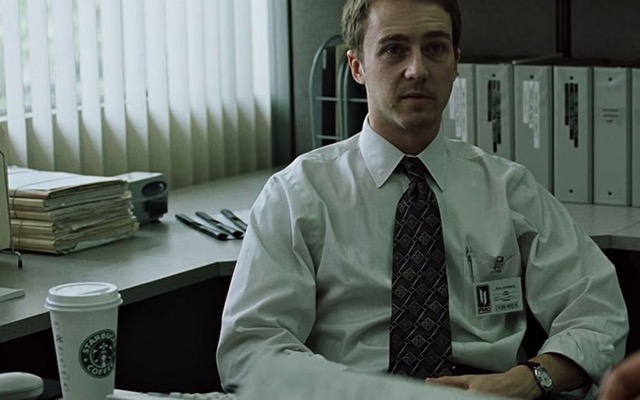
If you watch the movie with a keen eye, you will notice that there’s a carefully placed Starbucks cup in almost every frame of the movie. You can easily spot some of these cups, but some of them are quite hard to notice without rewinding the movie a couple of times.
Did the director, David Finch, really enjoy Starbucks that much? Or did Starbucks pay a lot of money for its product placement? Not really; the answer is quite different from what you might’ve imagined.
Fincher’s usage of the cups is tied to the film’s anti-consumerist message. The Starbucks Easter egg in Fight Club is a classic example of this since Fincher clearly went to great pains to disguise the cups in each scene of the film.
Fincher emphasizes Fight Club’s thesis against consumerism by placing the Starbucks logo so frequently and discreetly throughout the film.
In an interview, Fincher clarified, “We had a lot of fun using that — there are Starbucks cups everywhere, in every shot. I don’t have anything personal against Starbucks. I think they’re trying to do a good thing. They’re just too successful.”
Fincher has left no box unchecked to combat consumerism with these subtle easter eggs. In the film, Tyler delivers a truth bomb that fits nicely within the framework of the film and is also relevant when applied to life in general, using a cup of coffee as a metaphor where customers are continually reminded to purchase stuff with the goal of reaching some satisfaction.
We hope this explains Fight Club’s biggest mystery, as many people get weirded out by the Starbucks cups.
Conclusion
Fight Club is still as relevant as it was 24 years ago. It will continue to spread a very deep message across generations. Apart from all those aspects, it is a really good movie and will stay popular for generations.
This movie will continue to be the flag-bearer of mental health, especially male mental health which is often ignored by people.
In conclusion, we hope this article helps you out with getting Fight Club explained. Despite appearing simple on paper, the film holds many meaningful messages throughout its runtime. These little messages and easter eggs add a lot of rewatch value to the film.
Furthermore, always make sure you don’t forget the first rule of Fight Club.
Check also:
- The Mist Ending: A Shocking Twist That Left Audiences Stunned
- Midsommar Explained: Unraveling The Ambiguous Ending Of Ari Aster’s Horror Masterpiece



![Top-15-Best-Christmas-Movies-On-Netflix-[2022]](https://calibbr.com/wp-content/uploads/2022/12/Top-15-Best-Christmas-Movies-On-Netflix-2022-180x180.jpg)

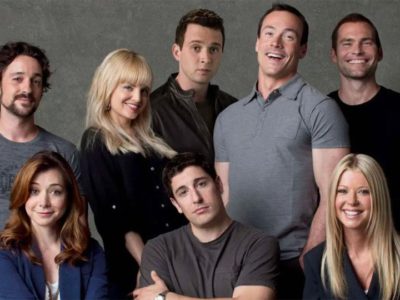
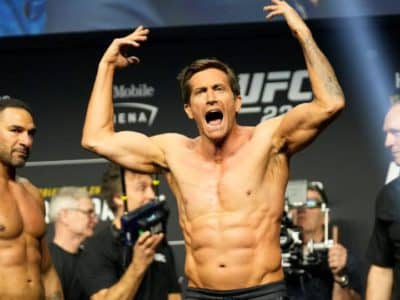

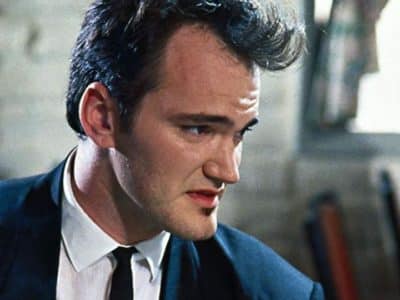

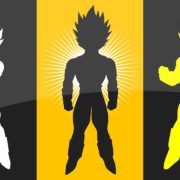


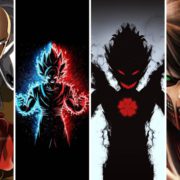

![The Top 12 Best One Piece Arcs [Ranked]](https://calibbr.com/wp-content/uploads/2022/06/The-Top-12-Best-One-Piece-Arcs-Ranked-180x180.jpeg)